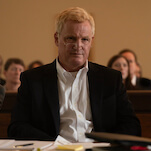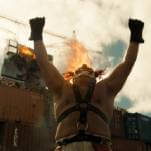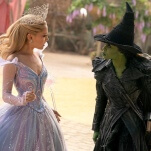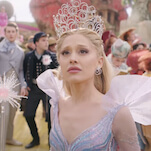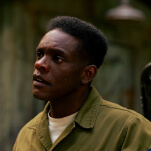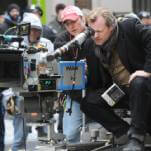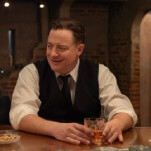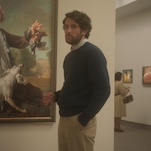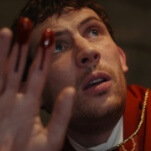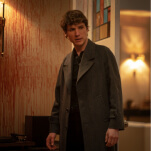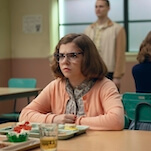The two distinct styles of Elysium’s camera work create two realities
Most of us are accomplished watchers of TV and film, so we intuitively understand some of the concepts lurking in dense film-theory tomes. You won’t need them for Internet Film School, The A.V. Club’s column about film and television. In each installment, we explore a basic element of visual composition and analyze examples to understand how the formal properties of film and television manipulate viewers.
All film is illusion. They were originally called “moving pictures” for a reason: Films lie to their audiences, convincing them that the series of still-frames flipping before their eyes capture a slice of reality. Film provided unmitigated access to the world, especially when the camera appeared to be operated by a hyperactive toddler with the DTs.
The cinema verité, or observational mode of filming reminds audiences that there are eyes and minds behind the camera, which, ironically, makes the film itself seem less mitigated and “more real.” It sees the inherent illusion of film and doubles down: “You can tell this is authentically captured,” such works assure audiences, “because even we don’t know what’s going to happen.” The camera is typically a beat behind the action, and when it figures out where it wants to go, it slightly overshoots the subject and then re-frames.
Single-camera comedies like Arrested Development, Louie, and Parks And Recreation use belated reaction shots in a way that captures the characters thinking about how they reacted as opposed to the reaction itself. Traditional sitcoms, then, seem more scripted and “less real” by comparison. Of course, both single-camera comedies and traditional sitcoms are scripted, and the idea that one is more realistic than the other is just a function of the illusion created by deliberately imperfect camerawork.
At this point, though, the techniques of cinema verité are so ubiquitous that they pass below the threshold of what viewers notice. No one watches an episode of Law & Order: SVU and mistakes Big Boi being eaten by a pack of hyenas while detectives shoot a man smuggling a monkey in a basketball for the evening news. Such shows only—or better yet, merely—look realistic, but they lack the punch of immediacy that those early cinema verité films provided. At this point, the only way to recreate the illusion that film isn’t an illusion is to create contrast within a given work.
Neill Blomkamp’s Elysium accomplishes this by embracing distinct styles for its two central settings: the poor-inherited Earth and the Space Hamptons. For example, when Matt Damon’s character Max walks to work early in the film, here is how the camera initially frames his head…
His head is centrally framed and, for that matter, whole. Blomkamp used a Steadicam to follow Damon as he walked, so he could easily have his entire head in-frame as he passed that unfocused car; instead, Blomkamp loses and momentarily decapitates him…

